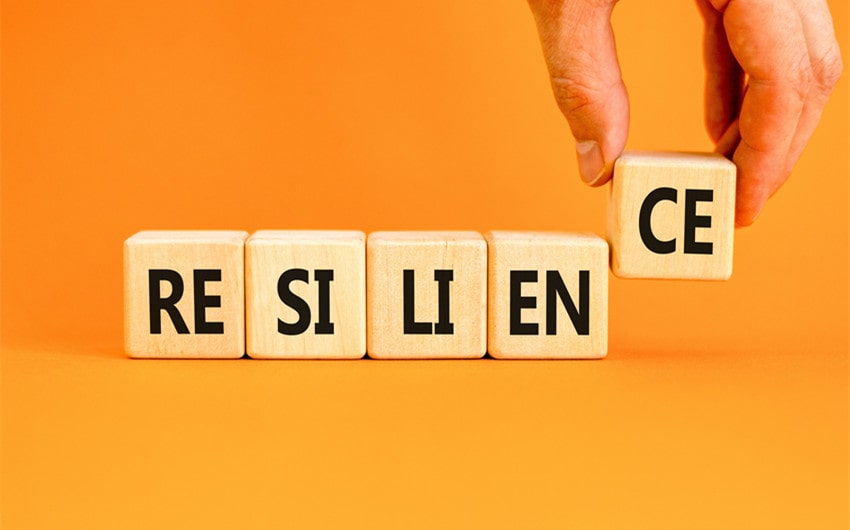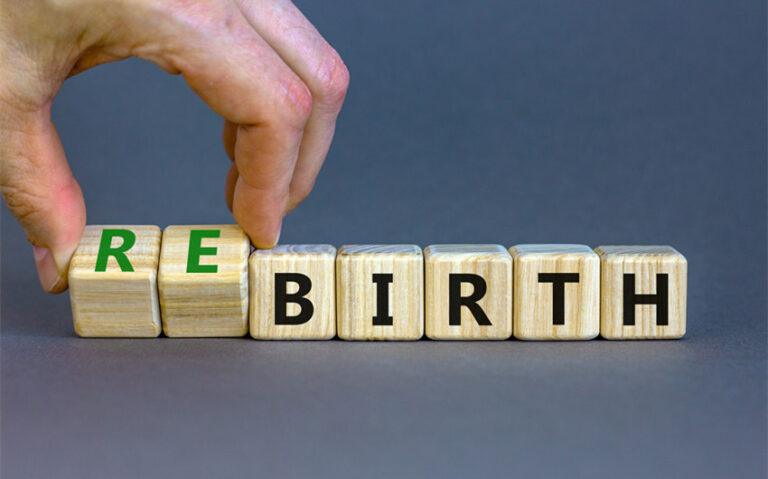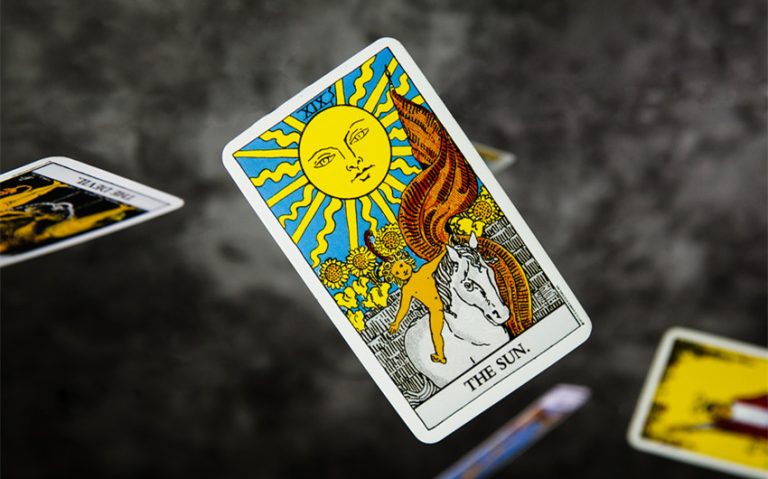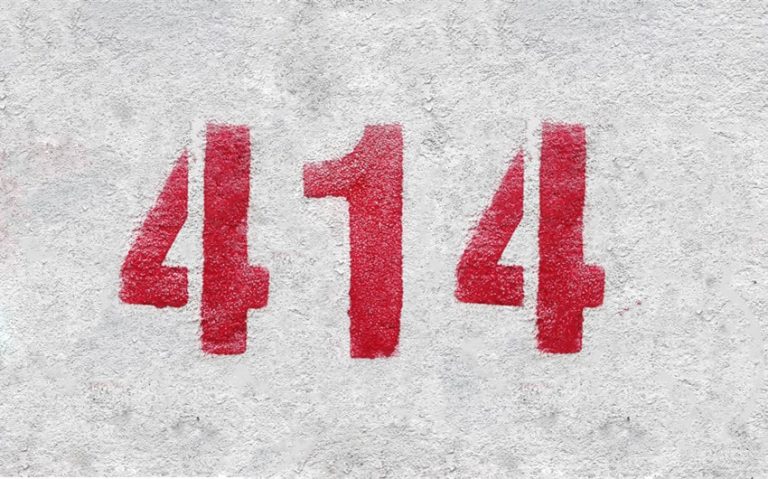19 Symbols of Resilience That Inspire Strength and Hope
Life isn’t always easy, and sometimes, we all need a little reminder of how strong we really are. That’s where symbols of resilience come in. These powerful images—whether found in nature, culture, or personal experiences—can speak louder than words. They help us hold on, move forward, and stay grounded during life’s toughest moments.
From ancient mythology to modern tattoos, these symbols remind us that healing and growth are always possible. In this article, we’ll explore some of the most meaningful and widely recognized icons of strength and perseverance, and why they continue to inspire people around the world.
Nature-Inspired Symbols of Resilience
Nature is one of the oldest and most powerful sources of inspiration when it comes to resilience. The natural world is full of symbols that represent strength, growth, and the ability to endure—even under the harshest conditions. These timeless elements remind us that just like nature, we too can adapt, rise, and bloom again. Here are some of the most meaningful nature-inspired symbols of resilience:
1. Phoenix
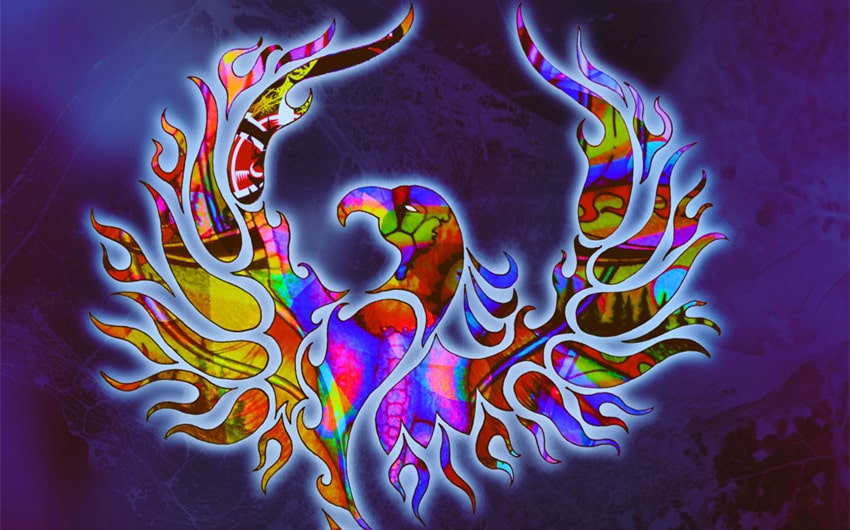
The phoenix is a mythical bird that bursts into flames when it dies, only to rise again from its own ashes—reborn and stronger than before. While it’s rooted in legend, the phoenix has become a universal symbol of resilience and transformation.
It speaks to the idea that even after total destruction or loss, rebirth is possible. The phoenix reminds us that failure or hardship isn’t the end, but often the beginning of a new, more powerful chapter.
2. Lotus Flower
The lotus flower grows in muddy, murky water—but blooms into something pure, clean, and beautiful. This contrast makes it a powerful symbol of rising above adversity. The lotus teaches that even in the messiest, darkest situations, it’s possible to grow, thrive, and find clarity.
Often associated with spiritual awakening, especially in Eastern traditions, the lotus also reflects inner strength and personal evolution through life’s challenges.
3. Oak Tree
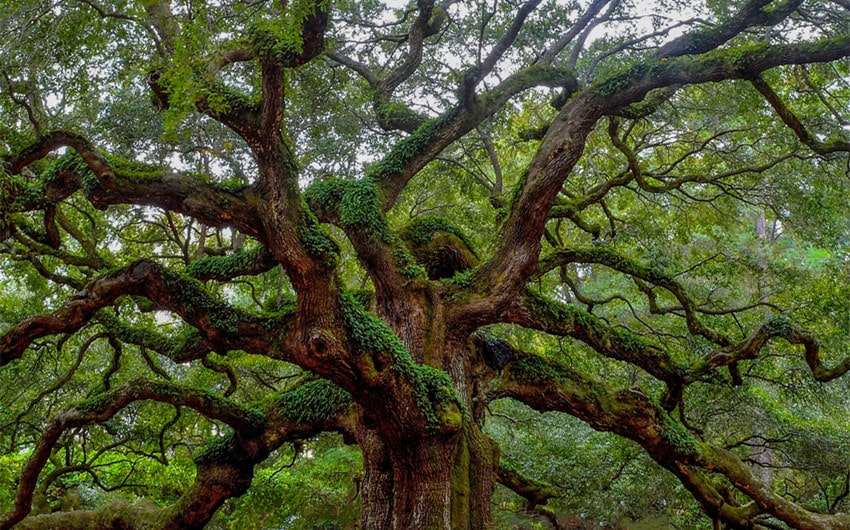
The oak tree is known for its deep roots, thick trunk, and sturdy branches—making it a universal emblem of strength and endurance. It stands tall through storms, seasons, and centuries, bending with the wind but rarely breaking.
As a symbol of resilience, the oak encourages us to stay grounded during life’s storms, to build strong foundations, and to trust in our ability to weather tough times.
4. Butterfly
Butterflies go through one of the most profound transformations in nature—from caterpillar to chrysalis to winged beauty. This journey is often seen as a metaphor for personal growth through struggle.
The butterfly represents the pain and patience required for transformation, as well as the freedom and beauty that come after. It’s a hopeful reminder that we can emerge from hardship not just intact, but transformed for the better.
5. Bamboo
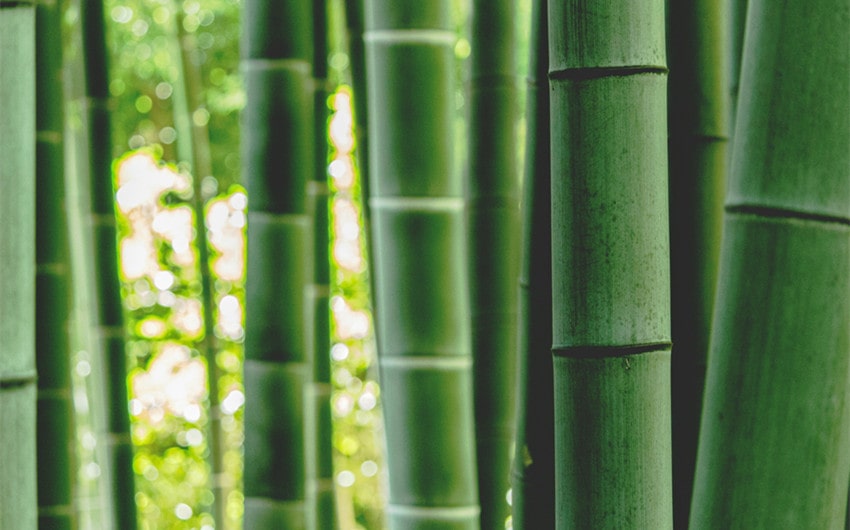
Bamboo is flexible yet incredibly strong—it bends with the wind but rarely breaks. In many Asian cultures, it’s admired for its ability to remain standing and rooted, even during severe storms.
Bamboo symbolizes resilience through adaptability, showing us that the ability to stay flexible during times of stress can be just as powerful as brute strength. It also grows rapidly, representing renewal and recovery.
Cultural and Mythological Symbols
Across civilizations and time periods, cultures have created powerful symbols to represent human strength, healing, and endurance. These symbols are often woven into myths, art, and rituals that pass down stories of survival and transformation. From broken pottery to protective motifs, these cultural and mythological emblems of resilience show how deeply rooted strength is in our collective imagination.
1. Kintsugi (Japan)
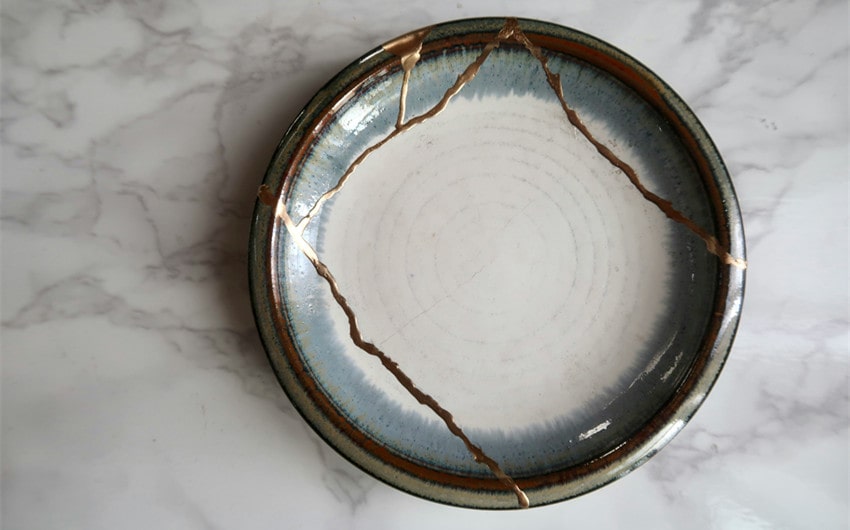
Kintsugi is the Japanese art of repairing broken pottery using gold lacquer. Instead of hiding the cracks, this method highlights them—transforming the broken object into something even more beautiful and valuable.
As a symbol, Kintsugi teaches us to embrace our flaws and scars, not as signs of weakness but as proof of resilience and survival. It reminds us that healing can be creative and meaningful, and that brokenness is not the end of a story, but the beginning of a new one.
2. Celtic Knots
Celtic knots, often seen in ancient stone carvings and modern jewelry, are intricate loops with no beginning or end. These continuous patterns symbolize eternity, interconnectedness, and strength through unity.
In the context of resilience, they reflect the enduring nature of life and the unbreakable ties between people, communities, and inner purpose. Despite twists and turns, the path continues—just like our own journey through hardship.
3. Mandala (Tibetan/Buddhist)
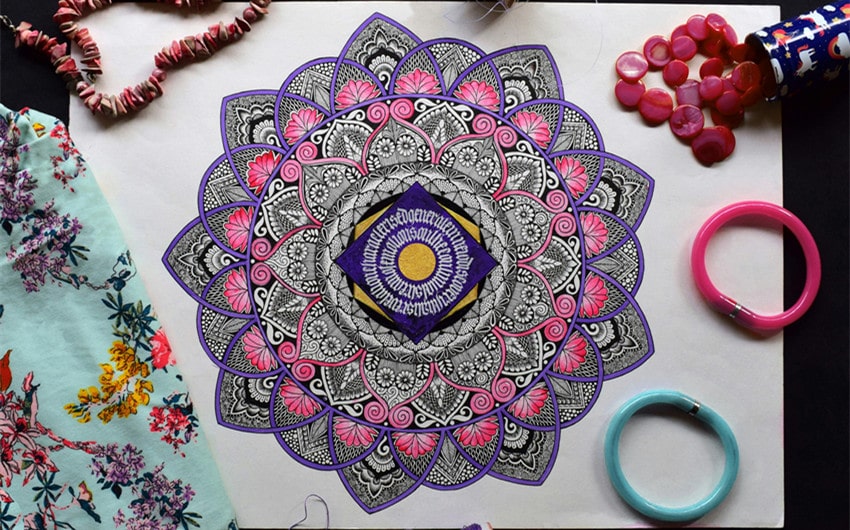
A mandala is a circular design made up of repeating patterns and shapes, traditionally used in Tibetan and Buddhist practices as a tool for meditation. Mandalas represent wholeness, harmony, and the spiritual path to enlightenment.
They are often created and then intentionally destroyed to reflect the impermanence of life. As a symbol of resilience, the mandala reminds us of the beauty of balance, the peace found in stillness, and the strength it takes to let go and start anew.
4. Valknut (Norse)
The Valknut is a symbol made of three interlocking triangles, often associated with Norse mythology and the god Odin. It is thought to represent the strength to face death, fear, and uncertainty with bravery.
Warriors believed the Valknut gave them the courage to fight knowing they might not return. As a modern symbol, it reflects inner fortitude, fearlessness, and the resilience to stand strong in the face of life’s unknowns.
5. Native American Eagle
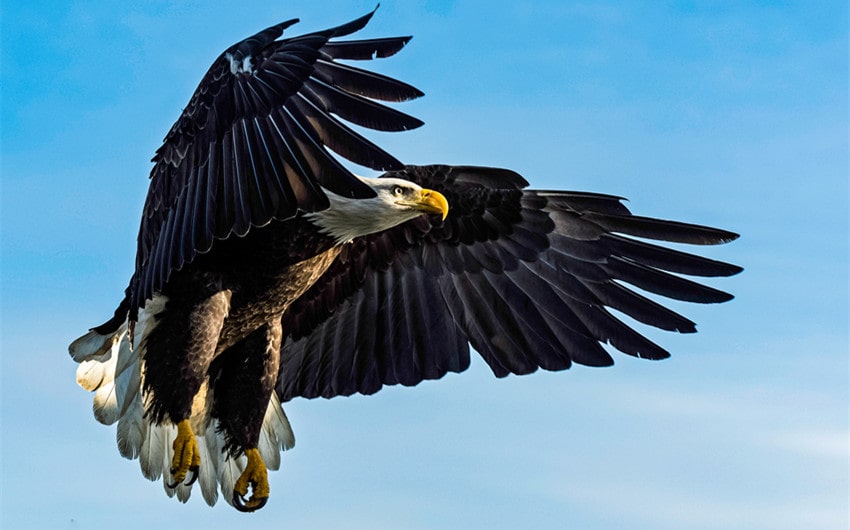
In many Native American cultures, the eagle is a sacred symbol of spiritual strength, vision, and endurance. Eagles fly high above storms and are believed to carry prayers to the Creator.
As a symbol of resilience, the eagle represents rising above difficulties, seeing the bigger picture, and connecting with something greater than oneself. It embodies the wisdom and courage that come from surviving hardship with dignity and grace.
Religious and Spiritual Symbols
Throughout history, spiritual and religious symbols have offered people comfort, strength, and hope during times of hardship. These symbols are often rooted in deep traditions of faith and belief, offering powerful messages about endurance, sacrifice, and the human spirit’s ability to rise through suffering. Whether worn, prayed with, or meditated upon, these sacred emblems continue to serve as meaningful reminders of resilience.
1. Cross (Christianity)
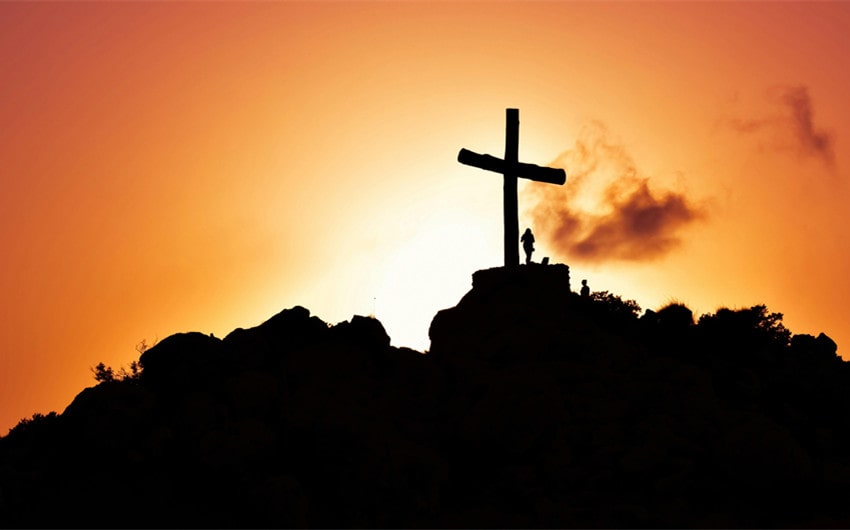
The cross is one of the most widely recognized spiritual symbols in the world. In Christianity, it represents the crucifixion of Jesus Christ—a powerful act of sacrifice, suffering, and ultimately, resurrection.
As a symbol of resilience, the cross reminds believers that enduring hardship with faith can lead to redemption and renewal. It stands for the idea that through suffering comes strength, and through death comes life.
2. Hamsa (Middle Eastern)
The Hamsa is a hand-shaped symbol commonly found in Middle Eastern and North African cultures. Often depicted with an eye in the center of the palm, it is believed to offer protection from harm and bring blessings and strength.
For many, the Hamsa is a spiritual reminder that they are safeguarded against negativity, and it serves as a quiet shield during difficult times. It symbolizes resilience through divine protection and inner peace.
3. Om (Hinduism)
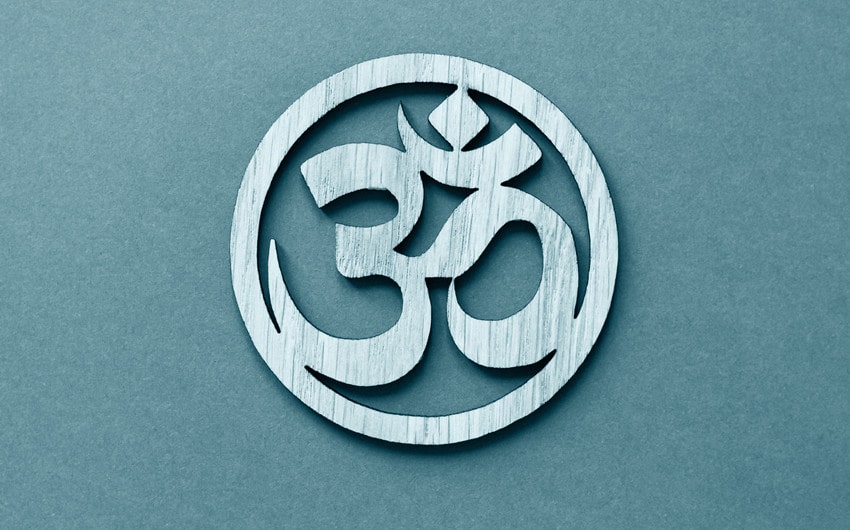
Om is a sacred sound and symbol in Hinduism, often used in meditation and spiritual practices. It represents the essence of the universe and the cycle of birth, life, and rebirth.
As a symbol of resilience, Om reminds practitioners to remain grounded, calm, and focused—even when life becomes chaotic. It speaks to the strength found in mindfulness, stillness, and spiritual alignment with the universe.
4. Tree of Life
Found in various cultures and religions, the Tree of Life symbolizes connection, growth, and continuity. Its roots dig deep, its trunk stands firm, and its branches reach wide—mirroring the human journey of holding on, staying strong, and reaching out.
As a spiritual symbol, it conveys the idea of resilience through grounding, nourishment, and the ongoing cycle of renewal. Whether drawn from Christianity, Judaism, or other traditions, the Tree of Life remains a deeply enduring emblem of perseverance.
5. Wheel of Dharma (Buddhism)
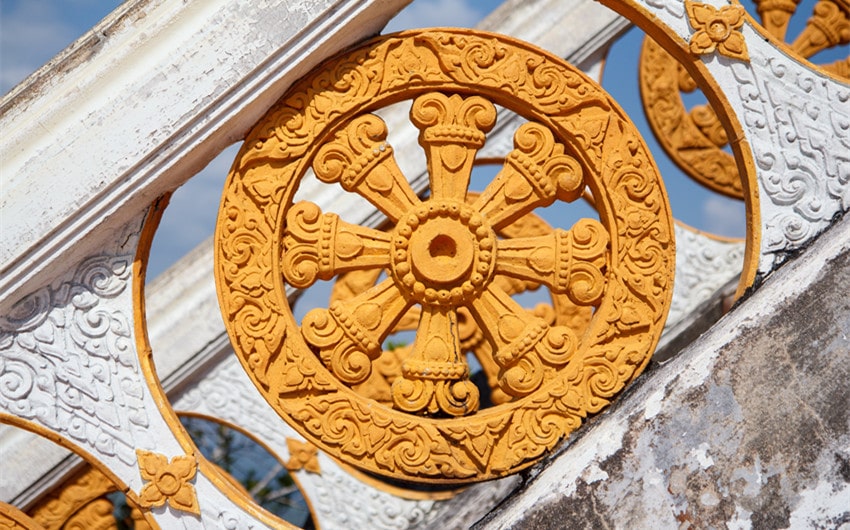
The Wheel of Dharma, or Dharmachakra, represents the teachings of the Buddha and the path to enlightenment. With its eight spokes, it reminds practitioners of the Noble Eightfold Path—a guide to living mindfully and morally, even through suffering.
As a symbol of resilience, the Dharma Wheel emphasizes the importance of wisdom, right action, and spiritual discipline in overcoming life’s difficulties. It teaches that suffering is part of life, but also that there is a path out of it.
Modern and Personal Symbols of Resilience
In today’s world, symbols of resilience continue to evolve—taking on new forms that reflect personal journeys, mental health awareness, and everyday strength. These modern emblems may not be rooted in ancient traditions, but they carry just as much meaning. Whether worn as tattoos, seen in artwork, or shared online, these symbols help people honor their struggles and celebrate their strength in a way that feels deeply personal and relevant.
1. Semicolon (;)

The semicolon has become a powerful symbol in the mental health community, representing hope for those who have struggled with depression, suicide, and trauma. Like in writing, where a semicolon indicates that a sentence could have ended but didn’t, it symbolizes a life that continues despite hardship.
Started by the Project Semicolon movement, this mark has become a badge of survival, reminding people that their story isn’t over.
2. Anchor
Anchors symbolize stability and grounding, especially during turbulent times. While traditionally associated with sailors and the sea, the anchor has found modern meaning as a symbol of holding steady through emotional storms.
Many people adopt the anchor as a reminder to stay strong and rooted, even when everything around them feels uncertain. It’s a popular tattoo for those who’ve come through a difficult phase in life.
3. Heartbeat Line (EKG)

A heartbeat line—or electrocardiogram (EKG) symbol—is often used to represent life, survival, and the emotional highs and lows we all experience. For some, it marks a moment of personal health crisis or recovery.
For others, it reflects the fact that even through ups and downs, they’re still here, still going. It’s a powerful symbol of endurance and continued presence in the face of adversity.
4. Mountain
The mountain represents a challenge overcome or one still being climbed. It symbolizes strength, endurance, and perspective—the idea that growth often comes from struggle.
Climbing a mountain isn’t easy, and neither is navigating life’s toughest moments. That’s why the mountain is a favorite symbol for those who’ve come out stronger after hard times, and for those still rising to meet their summit.

